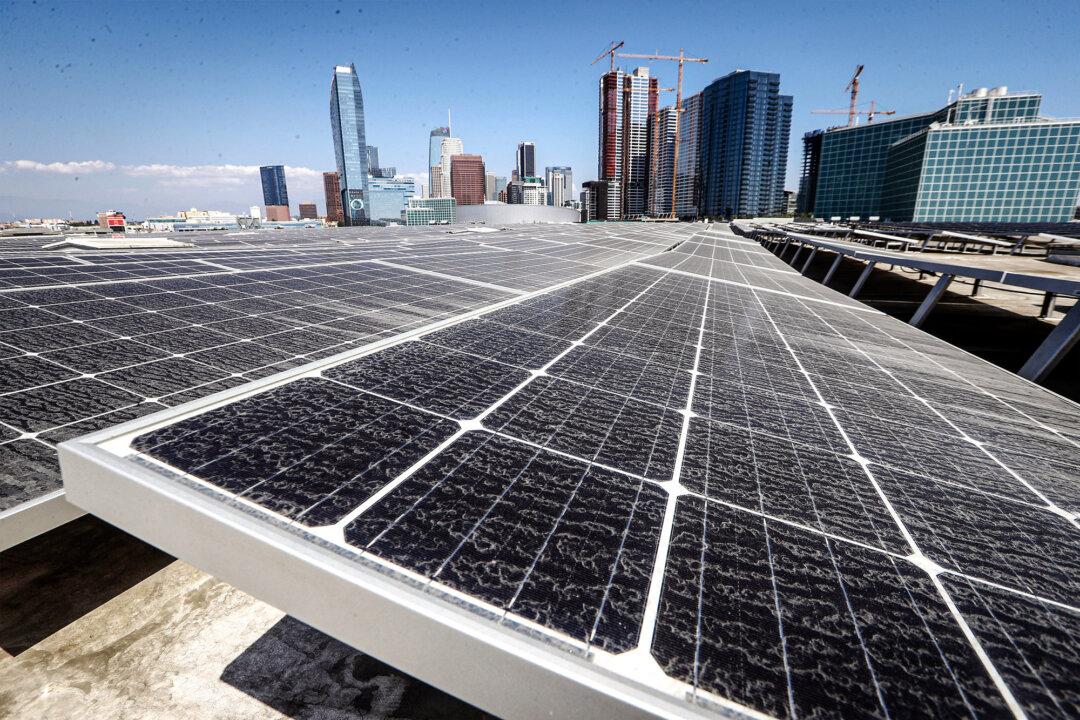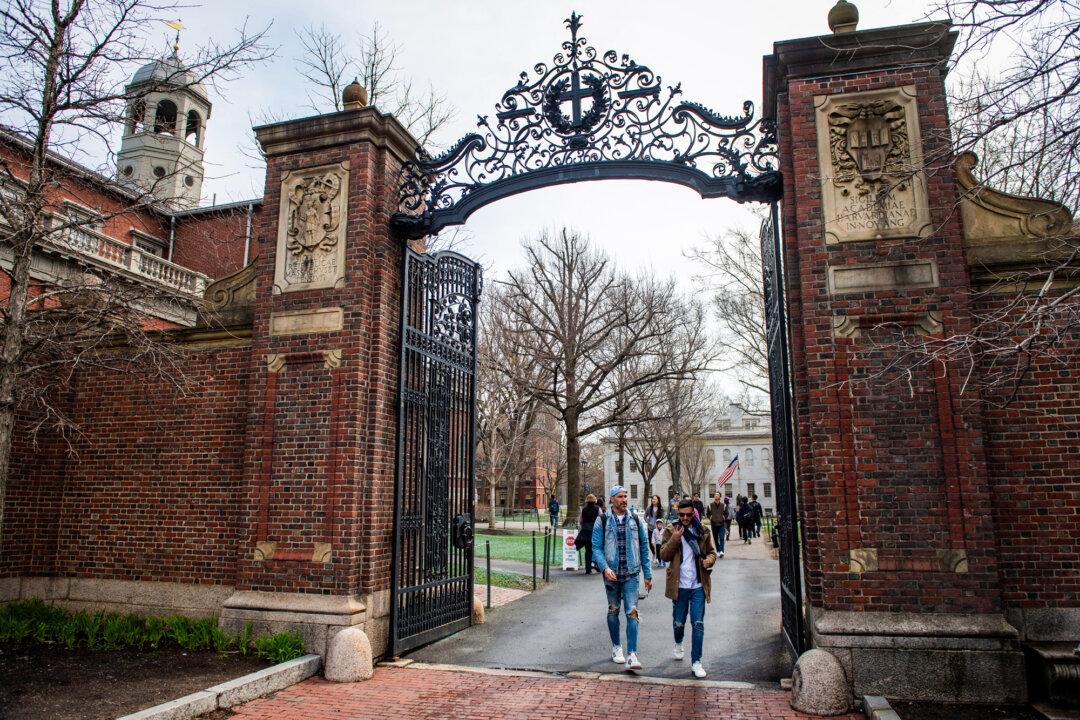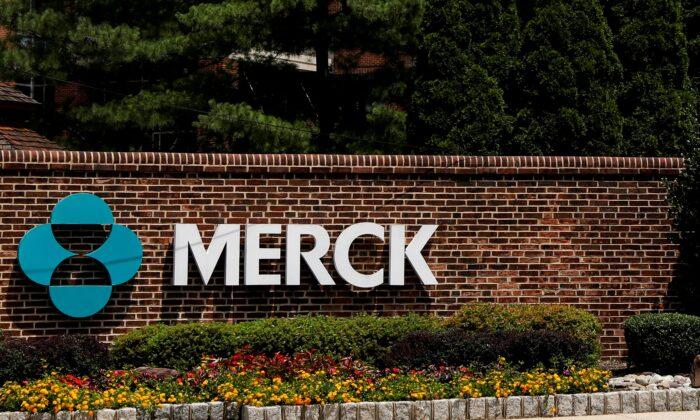The index has fallen to “levels not seen since the onset of the COVID pandemic,” said Stephanie Guichard, senior economist of global indicators at The Conference Board.
“The decline was largely driven by consumers’ expectations. The three expectation components—business conditions, employment prospects, and future income—all deteriorated sharply, reflecting pervasive pessimism about the future.”
The share of consumers who expect fewer jobs over the next six months was at a level near the high in April 2009 amid the Great Recession. Moreover, expectations of future income prospects turned “clearly negative” for the first time in five years.
On the plus side, consumer views about the present situation held up in April, which contributed to limiting the fall in the index.
Tariffs imposed by the Trump administration were found to be “on top of consumers’ minds,” the think tank said.
“Consumers explicitly mentioned concerns about tariffs increasing prices and having negative impacts on the economy,” said The Conference Board statement.
“Inflation and high prices remained important for consumers’ views about the economy: while the majority complained about the high cost of living, there were also some references to declines in the prices of gas and some food items.”
While tariffs have raised concerns about rising prices, these measures are expected to eventually benefit the United States, according to the Coalition for a Prosperous America (CPA), a nonprofit organization representing domestic producers from various industries.
“The tariff would generate an estimated $263 billion, which could be used to provide a substantial $1200 tax refund to lower-income households and refunds of 3–4 percent of income for middle-income households,” it said.
“Real household incomes rise by 5.7 percent, equivalent to $4,252, making workers better off and which more than offsets a small, initial price impact of half a percentage point per year.”
Some of these effects are already visible.
An April 24 statement from the Treasury showed that the United States’ revenues from customs and certain excise taxes hit $15.9 billion for the month, which is up 105 percent from a year back and is an all-time high.
Recession Risks
According to The Conference Board, the Expectations Index, which measures consumers’ short-term outlook for business, income, and labor market conditions, dipped to 54.4 in April, which is its lowest level since October 2011.This is “well below the threshold of 80 that usually signals a recession ahead,” it said. “The proportion of consumers anticipating a recession over the next 12 months rose to a two-year high.”
The higher probability reflects “our lower growth baseline,” Goldman analysts wrote.
They cited a recent downward trend in household and business confidence, as well as a “greater willingness to tolerate near-term economic weakness” by the White House in the pursuit of its economic agenda, as reasons for higher recession risk.
In such a situation, as long as the earned tariff revenue is quickly cycled back into the American economy, “a recession should be avoided,” the report said.
The committee said the survey was taken before the 90-day pause on tariffs was announced, adding that the poll also does not take into account factors such as the rebound in financial markets and developments regarding trade negotiations.
“Further, the U.S. economy has proven its resilience over recent years—when recession probability assessments were last this high in 2023, real GDP rose a robust 3.2 percent year over year,” the committee said.







